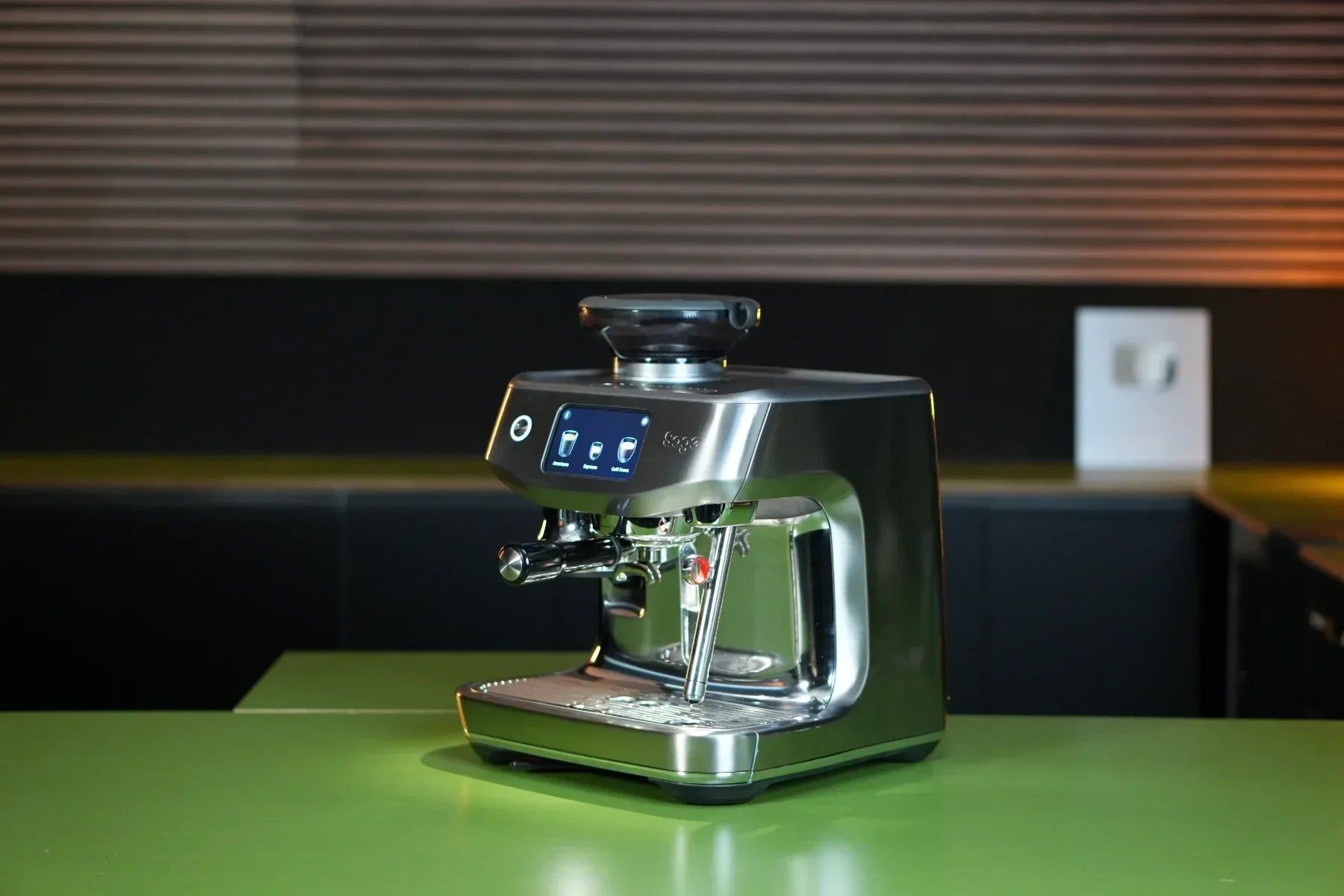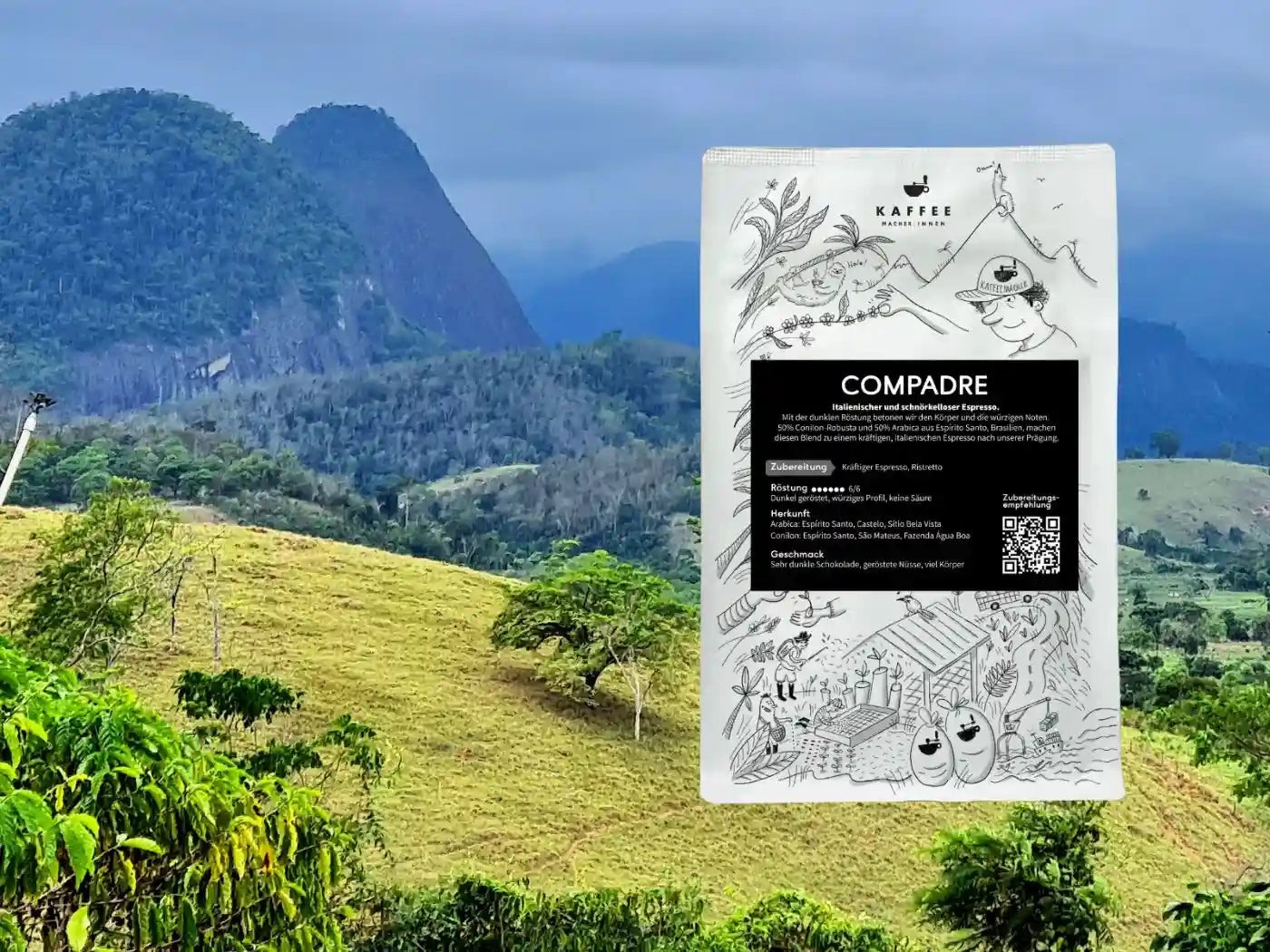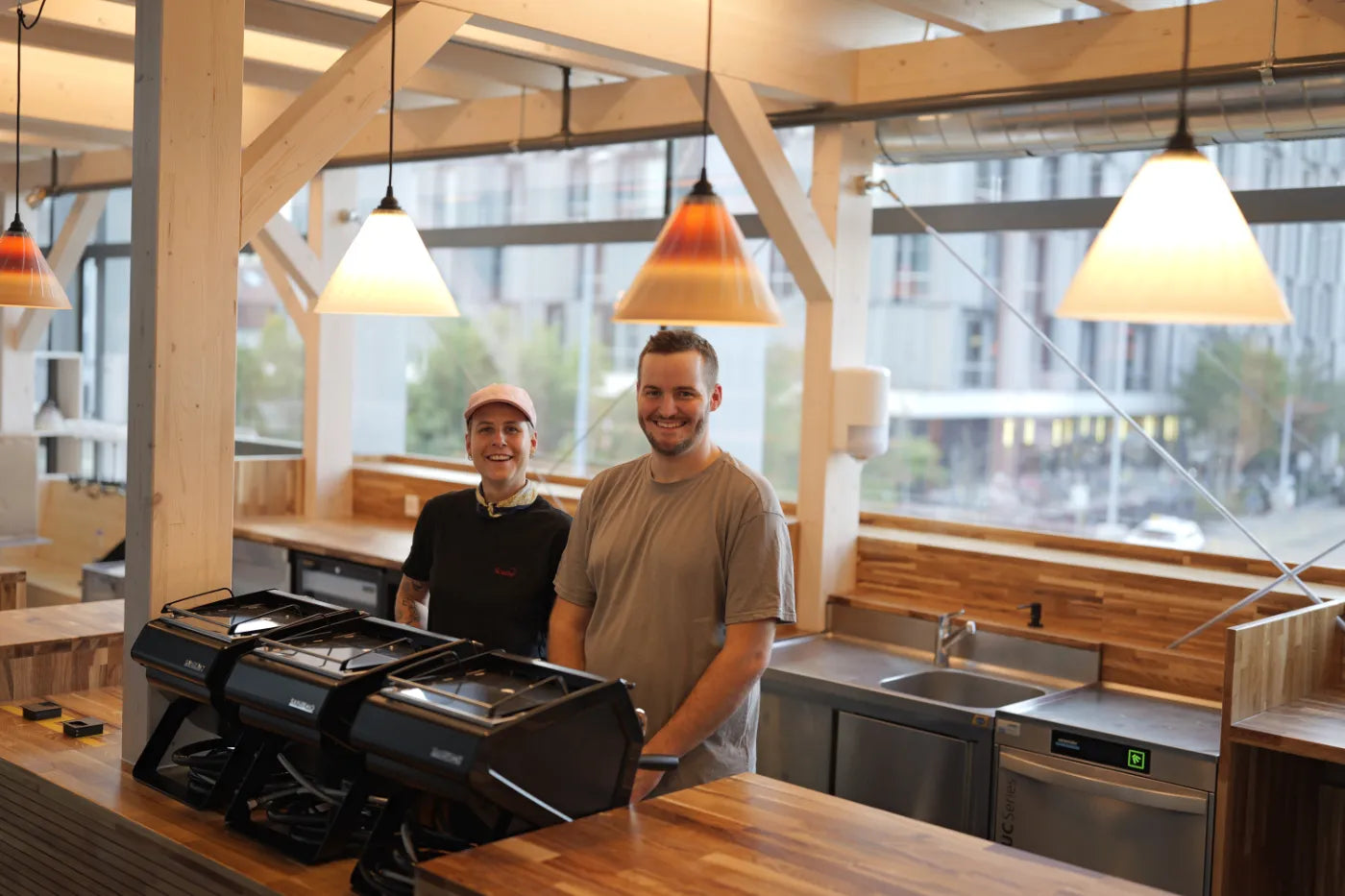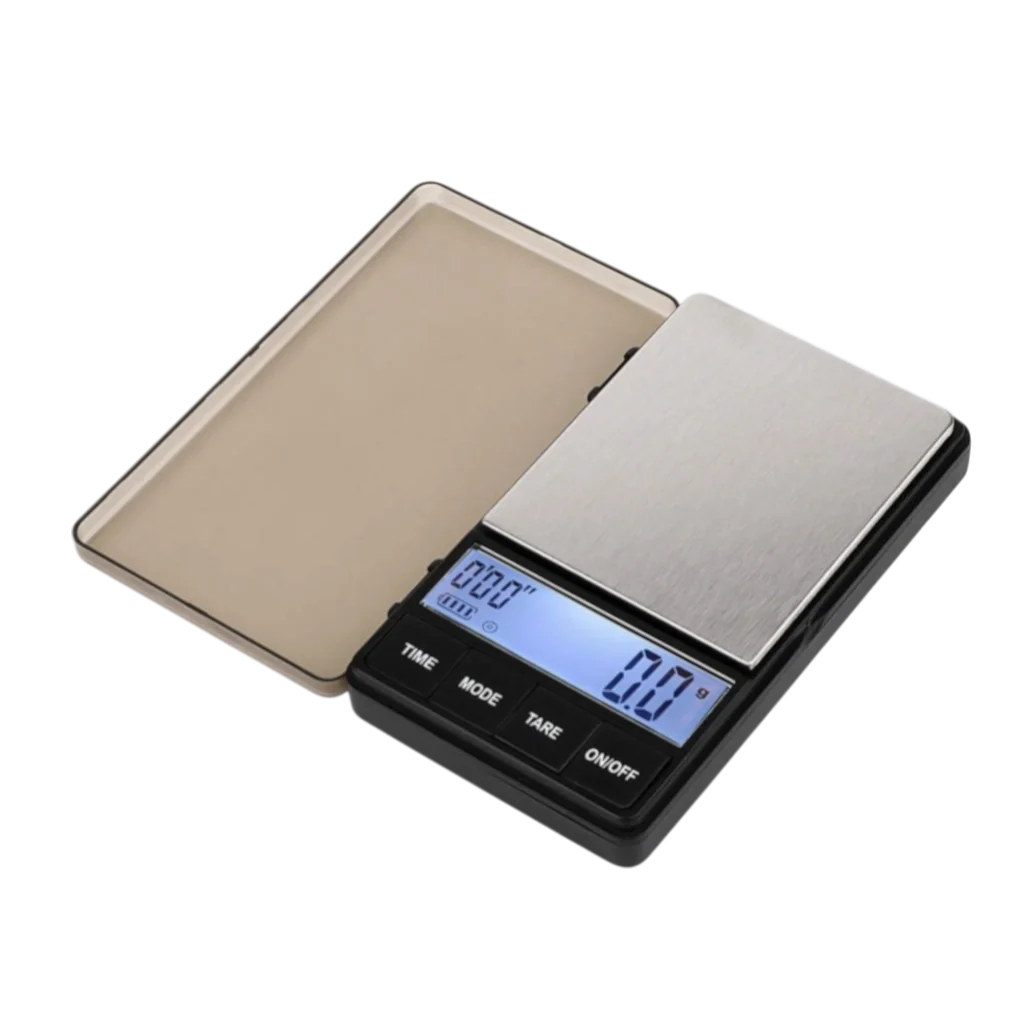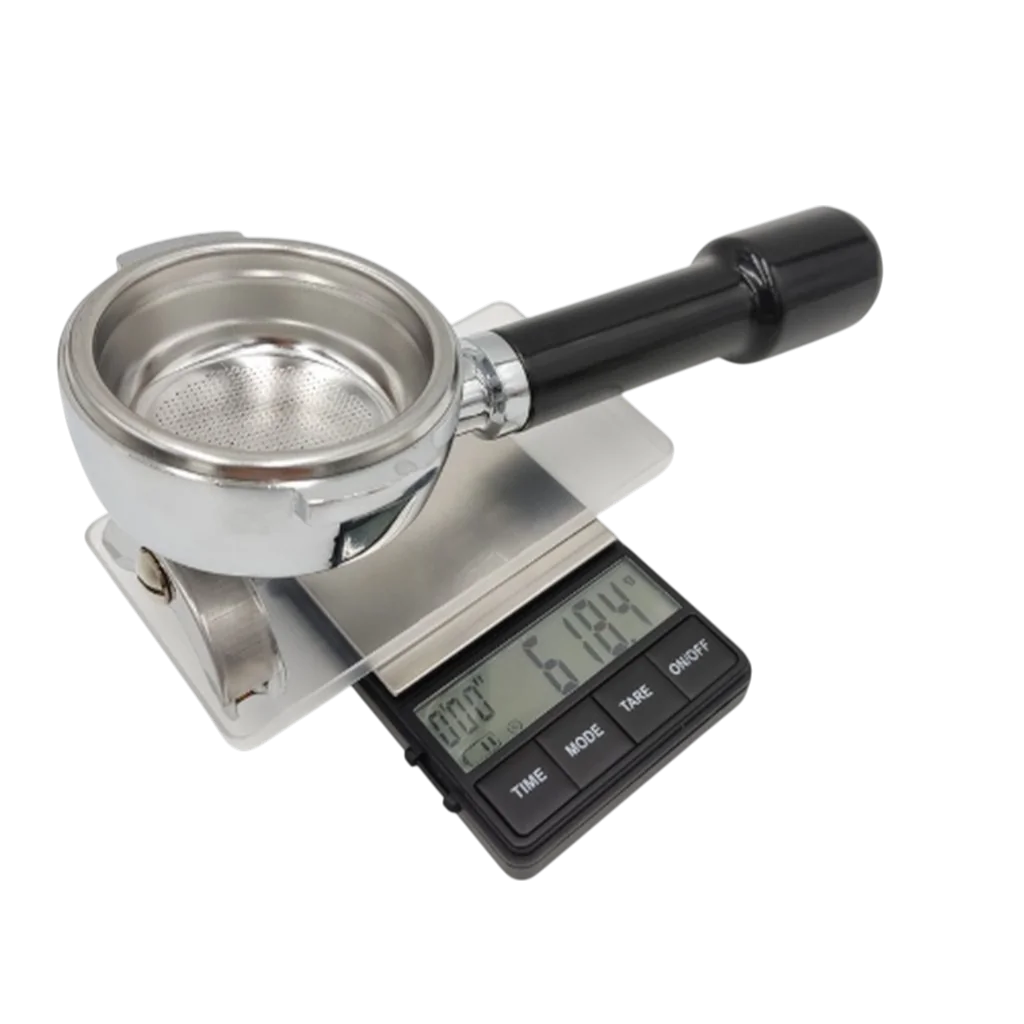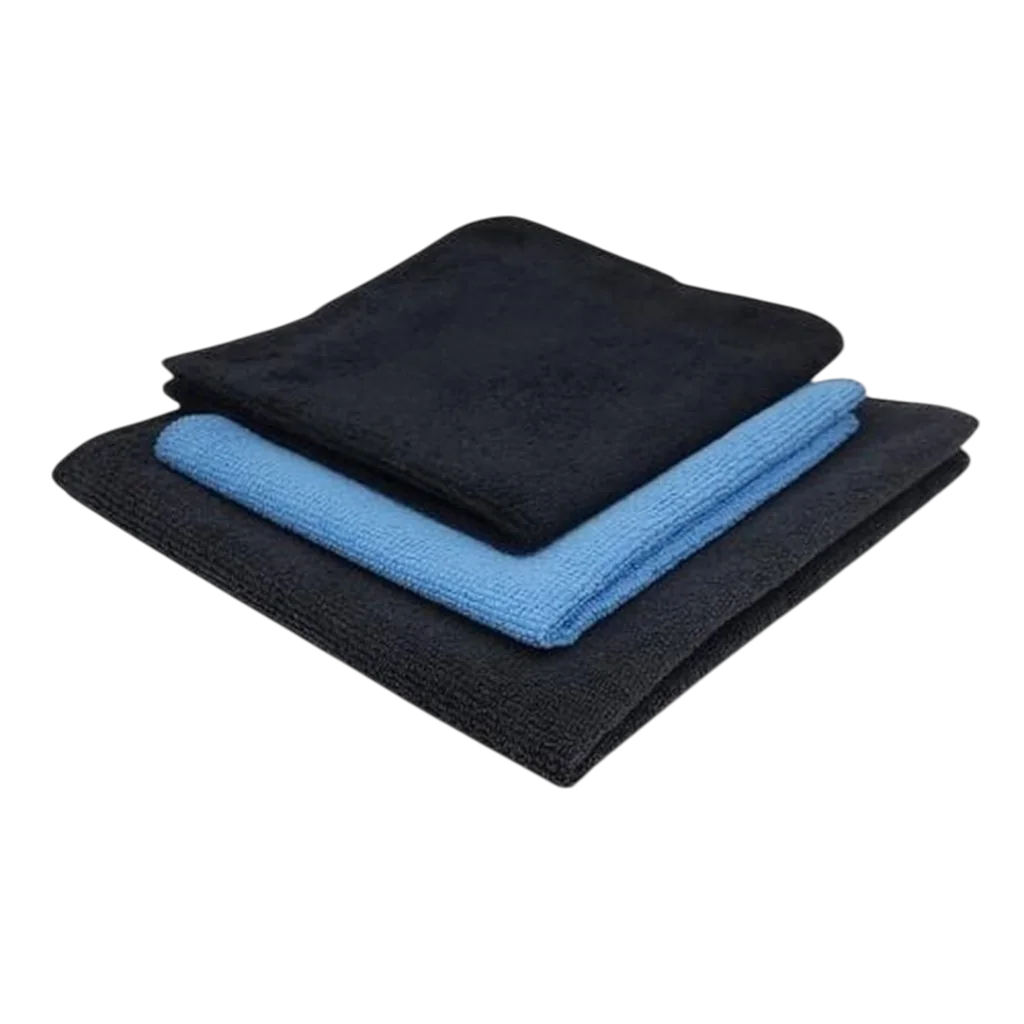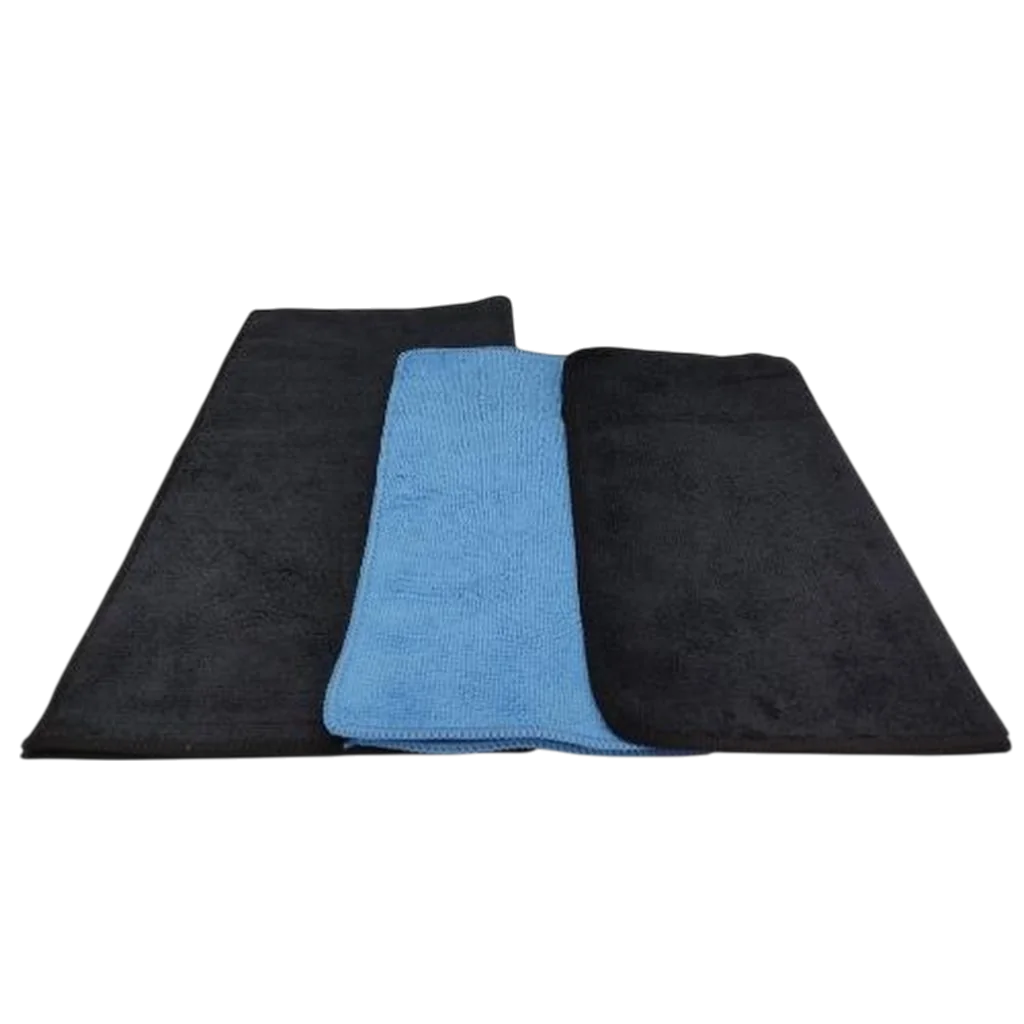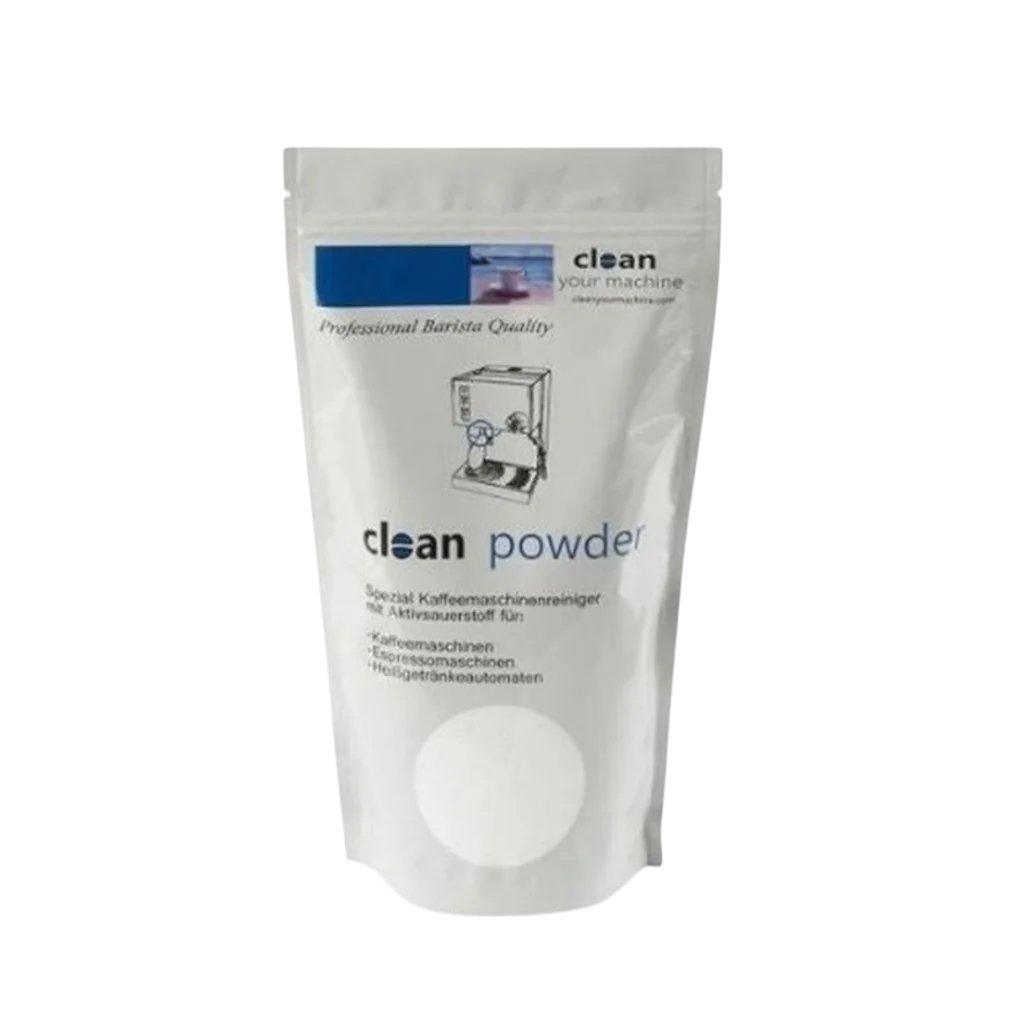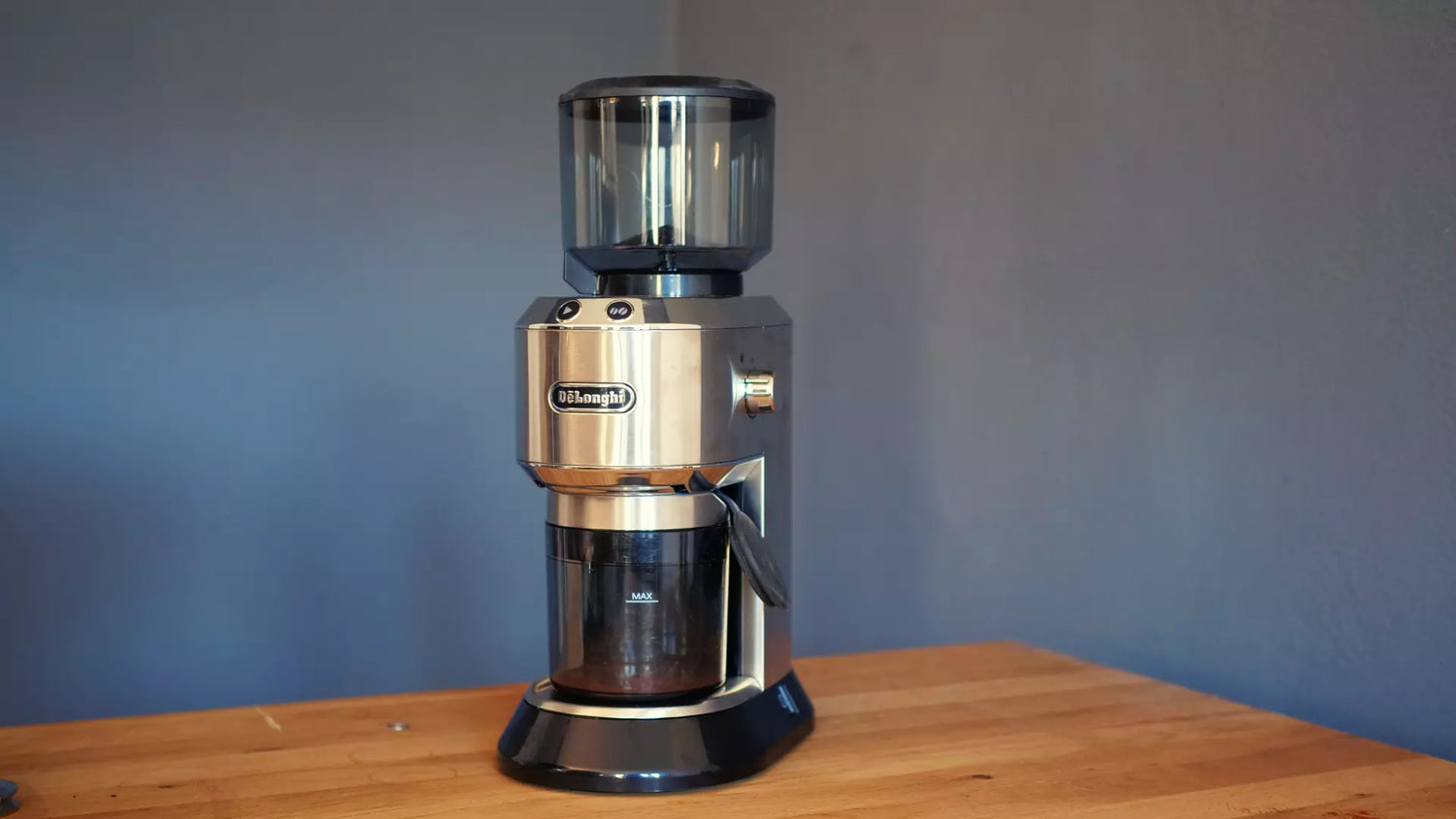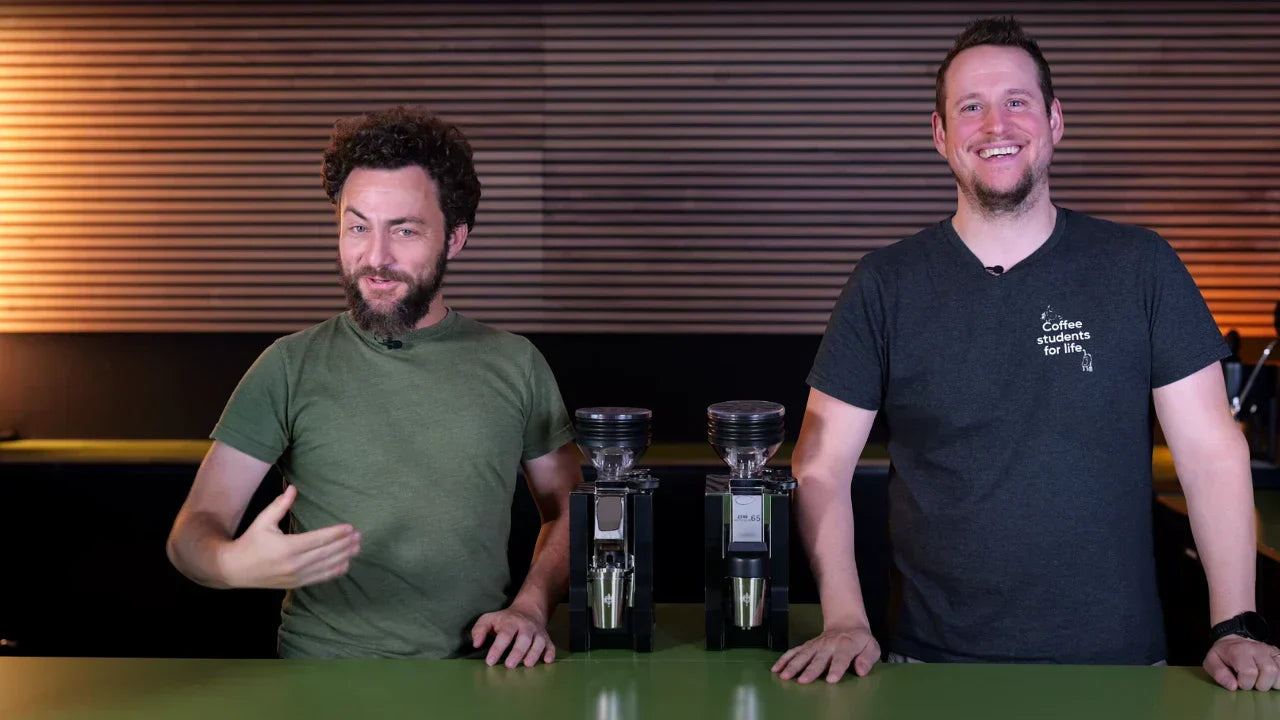When looking for the best espresso grinder for getting started in the world of espresso, there's no way around the Delonghi KG521. The coffee grinder is available in Switzerland starting at CHF 120 and in Germany starting at €140. This makes the Delonghi KG521 one of the most affordable grinders in our extensive espresso grinder comparison .
But affordability often has its limits, and with grinders at the lower end of the price scale, the limit is often the grinding level. Many grinders advertised as espresso grinders don't grind finely enough and therefore only deserve the label " coffee grinder " rather than " espresso grinder ."
How does the Delonghi KG521 perform, considered the logical counterpart to the entry-level Delonghi Dedica EC685 espresso machine? We cover this and much more in our espresso grinder test and coffee video. And of course, we also provide important tips and tricks to get the most out of your grinder.
The limits of the grind
Let's not beat around the bush—or should we say, the coffee grounds are too coarse?! The Delonghi KG521 doesn't grind many coffees finely enough!
What does "not fine enough" mean? A typical espresso requires a brewing time of 25 seconds. Many coffees require even longer brewing times to achieve the best possible grind.
We ultimately tried three different coffees, and none of them reached an extraction time of more than 19 seconds . Sometimes the coffee shot into the cup in under 15 seconds. Is that bad? Well, it certainly tastes that way. Such a short extraction time results in a strongly pronounced, unpleasant acidity. In technical terms, a rapid extraction is also referred to as under-extraction.
And overdosing didn't help either. A higher dosage, such as 19 grams of coffee instead of 18, increases the resistance – but that didn't help us. With our grind setting, we were already at the finest possible grind on the espresso grinder.
In other words, the Delonghi KG521 failed as an espresso grinder in its basic configuration.
Tricks, reasons and possibilities
The question remains why the Delonghi KG521 is still so popular with espresso beginners. There's a reason for this! The grinder is sold as a counterpart to the Delonghi Dedica EC685. We also find this small espresso machine interesting. So far, we haven't found a better, more affordable espresso machine that we can recommend for beginners.
The Delonghi Dedica EC685 comes with a double-walled pressure sieve. The sieve itself creates the resistance that traditional sieves and espresso machines create to distribute the coffee grounds. With these "fake sieves," the entire espresso must force its way through a tiny hole.

The basic idea behind these sieves is to brew poor, old, or pre-ground coffee while still building espresso crema through the excessive artificial pressure. These sieves do their job, but they're not suitable for brewing truly good espresso. We've dedicated a video to upgrading the Delonghi Dedica .
The Delonghi KG521 coffee grinder can't grind to an espresso grind on its own. With the help of the double-walled sieve, however, it can create a slow extraction that looks as if the espresso has been perfectly adjusted. But this trick only works for the clock and the eye. Bad still tastes bad.
So we recommend a different trick: For once, instead of lowering the stakes, raise the stakes.
Tuning the grinder - Raising the cone
The Delonghi Dedica is a coffee grinder with a conical burr. A lower cone extends into an upper grinding ring. The higher the cone extends into the ring, the finer the grind. To reduce the gap, we install a washer under the lower cone. We do not accept any warranty if you replicate this modification. Modifications are made at your own risk and may void the warranty for your espresso grinder.
First, we remove the bean hopper after the remaining beans have been ground. Unplug the Delonghi KG521 from the power supply. The grind setting is set beyond coarse – this allows the upper cone to be removed for cleaning (see the grinder manual ).
A rag is placed over the cone to prevent scratches from coming into contact with the pliers. Using pliers, the grinding disc is then carefully removed by turning it clockwise. This was relatively easy for us once we had a good grip with the pliers.
The cone is turned off, along with the attached plastic mount and the felt washer. Underneath are two thin washers, which are also removed.
We purchased a third washer from a hardware store for the upgrade to our mill. (If anyone finds a link to a suitable washer online, please send me a link. Thanks!) A washer of the same diameter, but one-third thicker than the existing washers, will also do the job. The installed washers have an inner diameter of 10 mm and an outer diameter of 13.5 mm. They are so thin that our caliper couldn't provide an accurate reading. It's about 0.4 mm.

We replaced the three washers, reassembled the remaining removed parts, and tested the grinder. It's important not to immediately use the finest grind, but to work your way up gradually. The grinding range now shifts toward finer grinding. If you go to the finest grind too quickly, you risk metal-on-metal friction and the grinder becoming dull.
How does the espresso taste after tuning?
Amazing: a tiny washer brings the Delonghi KG521 back into play. The double espresso, made with 18 grams of finely ground coffee and 45 grams of Apas Espresso (try it in Germany or Switzerland ) in the cup, tasted 10 points better on our rating scale.
Dead space, speed and constancy
The tuning doesn't suddenly turn the Delonghi KG521 into a great espresso grinder. It does, however, make it an option in the entry-level espresso range, and at a relatively low price.
Several other arguments speak in favor of the grinder. At 86.2 decibels, the KG521 belongs to the medium-noise category. In terms of dead space , the grinder even performs well, with only 1.4 grams. With a residue of only 0.2 grams when individually dosed and ground over 30 seconds, the Delonghi KG521 is even suitable as a single-dose grinder. However, with a coffee output of 17.1 grams after a 10-second grinding period, the grinder is among the slowest espresso grinders.
The consistency and, above all, usability also leave a poor impression. While the consistency, with a standard deviation of 0.28 grams of coffee, is in line with the reference average, it is often impossible to program the desired amount of coffee.

The dosage setting on the dial on the outer right side of the grinder only allows for coarse adjustments in four to six gram increments. A further "Light - Normal - Strong" scale allows for adjustment in two-gram increments. With the dial set to 5, we jumped to 22 grams of coffee in the bean hopper using the Strong setting. Normal resulted in 20 grams, and Light resulted in a grind of 18.2 grams. If the desired amount had been 19 grams, this would have been impossible to achieve with the coarse grind setting on this grinder.
Precision and particle distribution
We conducted our particle distribution measurements using the grinder without any tuning. Firstly, we hadn't yet discovered the possibility of tampering. Secondly, we first tested all grinders and espresso machines in their original state, because that's how you receive the equipment. In our opinion, customers shouldn't be expected to go to a hardware store or specialist shop and tweak a grinder using tools that aren't included.

Our grinds were correspondingly coarse, and the proportion of fines was correspondingly low compared to other mills. However, as mentioned, this was due to the mill's limited adjustment options. Nevertheless, we were able to draw some conclusions from the particle distribution measurements.
In Test 4, we set the grinder to the finest possible grind. Test 5, on other grinders, was the ristretto setting, which of course wasn't possible with the KG521. In Test 6, a café crème was set. In Test 7, we set the grinder again to the finest grind. We expected the grinder to spit out the same particles with relative precision and a corresponding particle distribution curve. In the end, we were able to simply set the grind slider back to 1, or the finest grind. But the curve taught us otherwise. There was a surprisingly large difference between the two curves, resulting in a lack of precision across multiple extractions.
Delonghi KG521 Coffee Grinder Conclusion
We're looking for a recommended espresso grinder in the lowest price category. The Delonghi KG521 isn't that grinder. Out of the box, the grinder doesn't reach the desired grinding range, even at the finest setting. The grinder grinds too coarsely. Only an upgrade makes espresso-fine grinding possible.
This grinder is therefore only recommended if the home barista enjoys unpacking the tongs and searching for a suitable washer. In that case, the Delonghi KG521 is indeed a good option among affordable espresso grinders.
We like the fact that the grinder performs well as a single-serve grinder. This is a great option for home use. The operation and adjustment of the coffee quantity are inconvenient, but play a less significant role when used for single-serve brewing.
For all other tests and other espresso machines in the price range 80 - 150 euros.

![]()
